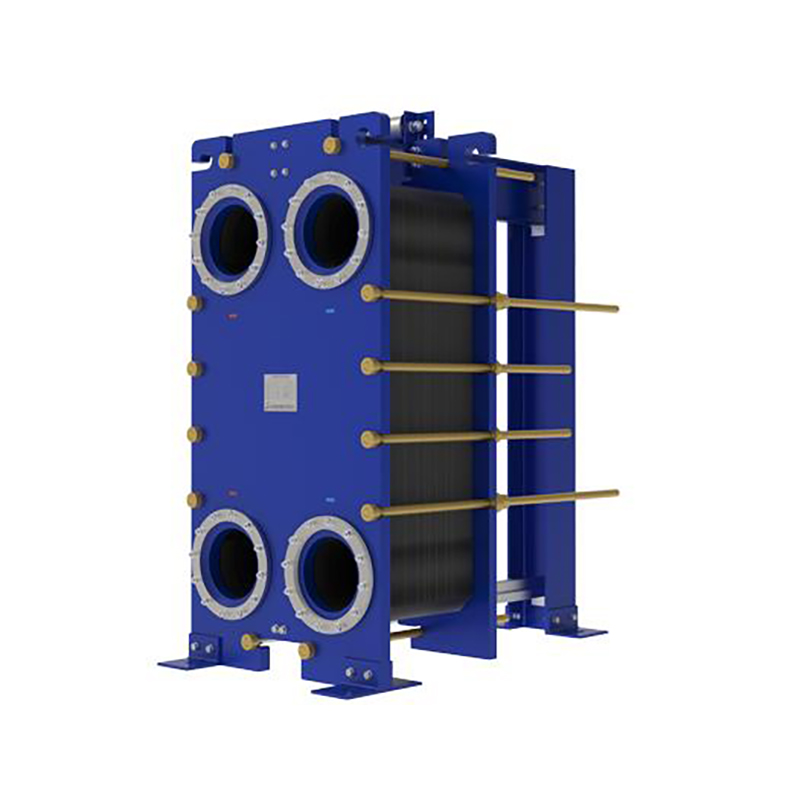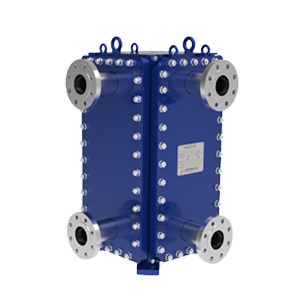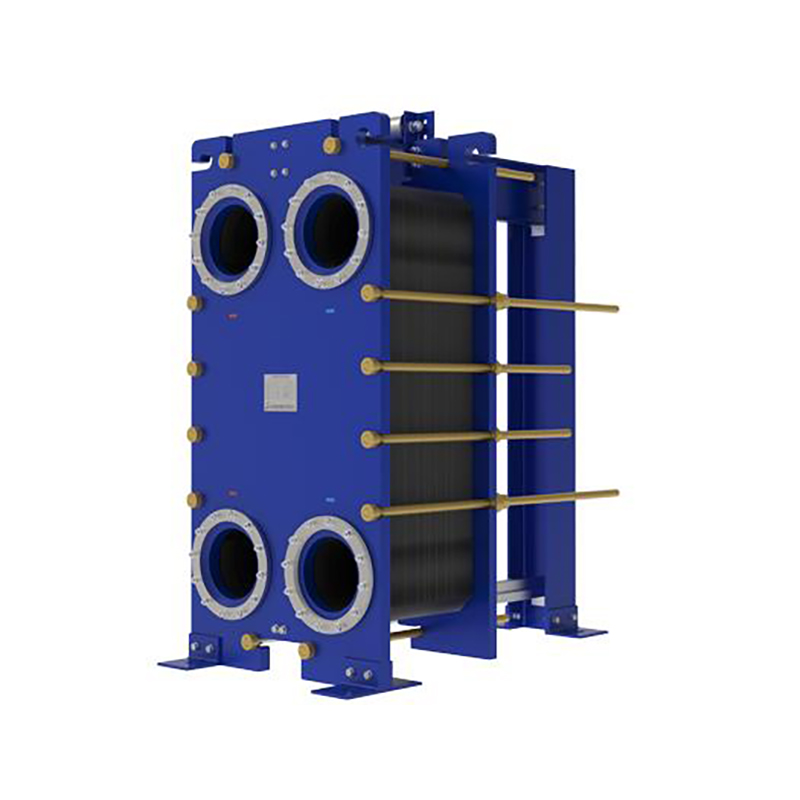5 key roles of plate heat exchanger gaskets.
Plate heat exchanger gaskets perform 5 key roles: ...
More
Oil and gas heat exchangers are fundamental components within the energy sector, designed to transfer heat between process streams without mixing them. Their principle of operation is primarily based on conduction and convection, where thermal energy moves from a hotter fluid to a cooler fluid through a solid barrier, typically a series of tubes or plates. This process is governed by the fundamental laws of thermodynamics, ensuring efficient temperature control critical for various stages of hydrocarbon processing, from upstream extraction to downstream refining. The design and materials, often including corrosion-resistant alloys like stainless steel or titanium, are meticulously engineered to handle extreme pressures, high temperatures, and corrosive media commonly encountered in oil and gas applications, thereby maintaining system integrity and operational safety.
The operational principle of an oil and gas heat exchanger is a direct application of the first and second laws of thermodynamics, facilitating efficient heat recovery and management. In a shell and tube heat exchanger, the most prevalent type in this industry, one fluid flows through a bundle of tubes while another fluid circulates around them within the shell. Heat transfer occurs across the tube walls, with the large surface area of the tube bundle maximizing the thermal exchange. This process is vital for cooling hydrocarbon streams after extraction, condensing vapors in distillation columns, or preheating crude oil before it enters a fractionation unit to reduce its viscosity and save energy. For instance, in gas processing plants, heat exchangers are indispensable for cooling natural gas and separating natural gas liquids (NGLs), with operational data showing they can handle temperatures ranging from -50°C to over 500°C and pressures exceeding 300 bar. The efficiency of this heat transfer is quantified by the overall heat transfer coefficient (U-value), which for hydrocarbon services typically ranges between 250-500 W/m²K for shell and tube designs, depending on fluid properties and flow rates. Advanced computational fluid dynamics (CFD) simulations are used to optimize the design, ensuring maximum thermal performance while minimizing fouling and pressure drop, which are critical for maintaining profitability in large-scale continuous operations.
The deployment of specialized heat exchangers in the oil and gas industry is driven by the critical need for enhanced energy efficiency, operational safety, regulatory compliance, and overall economic performance. These units are not merely ancillary equipment but are central to process optimization, enabling the recovery of waste heat, which can significantly reduce fuel consumption and greenhouse gas emissions. In an era of increasing environmental scrutiny and volatile energy prices, the ability to maximize heat integration within a process directly translates to lower operational expenditures (OPEX) and a reduced carbon footprint. Furthermore, they ensure process streams are maintained at precise temperatures required for reactions, separations, and treatments, which is fundamental to product quality, yield, and the prevention of unsafe operating conditions that could lead to equipment failure or accidents.
Utilizing high-performance heat exchangers is paramount for the economic and environmental sustainability of oil and gas facilities. From a financial perspective, heat integration through exchangers can lead to substantial cost savings. Industry data indicates that implementing heat recovery systems can improve overall plant efficiency by 10-30%, directly reducing the fuel required for fired heaters and boilers. For example, preheating crude oil using product streams in a series of heat exchangers before it enters a distillation column can reduce the furnace's energy load by up to 40%, resulting in millions of dollars saved annually in large refineries. From a safety standpoint, they prevent overheating of sensitive equipment and ensure gases are cooled to temperatures safe for subsequent processing and transportation. Environmentally, by improving efficiency, they directly cut CO2 emissions; a single heat recovery unit can abate thousands of tons of CO2 per year. Regulatory compliance, such as meeting flaring reduction targets, is also heavily reliant on effective heat exchange for gas processing and handling. Moreover, their robust construction ensures reliability under harsh conditions, minimizing unplanned shutdowns that are exceedingly costly, with daily production losses often running into millions of dollars for offshore platforms or large refineries.
Select the most popular foreign trade service products to meet your diverse needs
Learn more about the dynamics and professional knowledge of the foreign trade industry

Plate heat exchanger gaskets perform 5 key roles: ...
More
A gasket in heat exchanger seals surfaces, blocks ...
More
You can see clear differences between welded block...
MoreAPI 662 defines standards for plate heat exchanger...
More
Industries in 2025 achieve higher efficiency by ad...
More
What is a heat exchanger? It's a device that trans...
MoreSelect the most popular foreign trade service products to meet your diverse needs
Explore more content related to foreign trade services

User Comments
Service Experience Sharing from Real Customers
Michael Rodriguez
Maintenance SupervisorThis heat exchanger has been a game-changer for our offshore platform. Its corrosion resistance is exceptional, and the thermal efficiency has reduced our fuel consumption significantly. A robust and reliable piece of equipment.
Sarah Chen
Process EngineerWe installed this unit in our gas processing plant six months ago. The performance is outstanding, maintaining stable temperatures under high pressure with minimal fouling. The design makes maintenance surprisingly straightforward. Highly recommend.
James Wilson
Refinery Operations ManagerA solid and durable heat exchanger. It handles the heavy crude side streams in our refinery without any issues. The build quality is top-notch. Took one star off for a longer than expected delivery time, but the product itself is excellent.
Lisa Johnson
Lead Project EngineerPrecise temperature control and incredible durability. We've subjected it to some of the harshest conditions in the Permian Basin, and it hasn't faltered. It's a critical component that we can truly depend on for our operations.